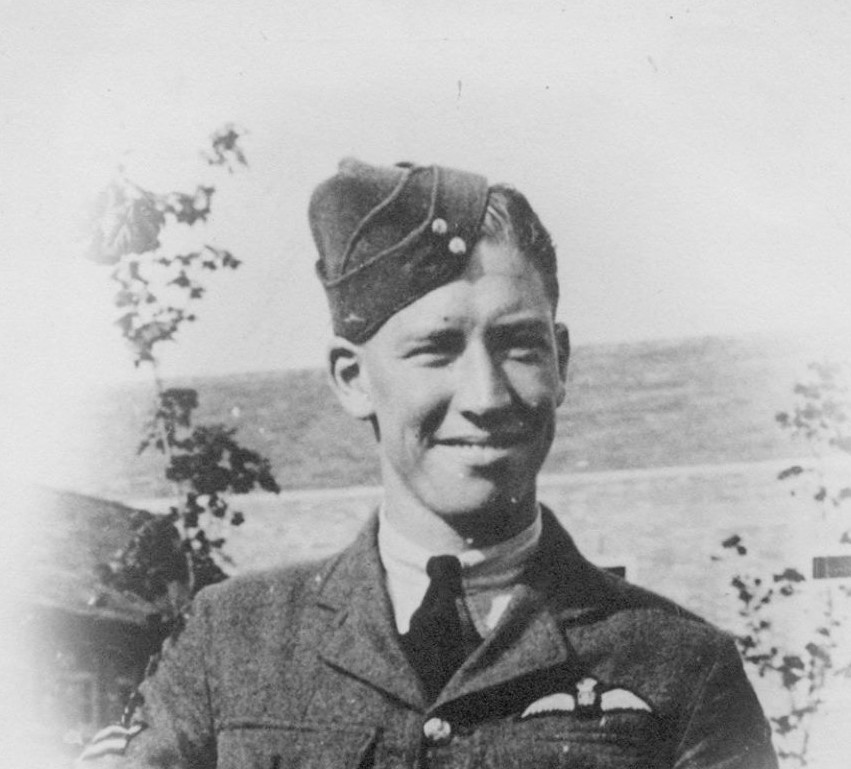| 4 April 1940 headline; ‘Coventry Man Gets News of Airman Son's Death from German Radio’. Identity of the Coventry pilot who was named over the Nazi radio as having died in an air crash in Germany has been established as a result of 'the Midland Daily Telegraph' report of the broadcast published last night. He is Sergeant Pilot Douglas Warren Wilson, 23 years old son of Mr. H. W. Wilson of 70, Biggin Hill Crescent, Coventry. The news of the young pilot came from Germany on Tuesday night, when five British airman spoke to their relatives on the radio and one of them Sergeant Kenneth Say of Dumfries, Scotland said “I would like to extend my sympathy to the parents of Douglas Wilson of Coventry, the second pilot who died in the crash." Enquiries made through all available sources failed to trace Wilsons identity yesterday, but today friends of the pilot, after seeing the report communicated with us and Mr. Wilson his father told 'The Midland Daily Telegraph' The first news of his son’s death was the message given by Sergeant Say the observer over the German radio. This has not been officially confirmed. Broke a squadron record. Mr. Wilson expressed his deep appreciation of the kind inquiries that has been made by sympathetic friends and acquaintances during the period of suspense since his son was reported missing. Sergeant Pilot Wilson enlisted in the RAF as an apprentice wireless operator mechanic at Cranwell on leaving Bablake School. Whilst undergoing his training he represented Cranwell in the RAF senior fencing championship team, which succeeded in reaching the final. He was also runner up in the individual championship, and in the succeeding year was a member of the winning championship team. Although recommended for a cadetship, he was unsuccessful and passed out as an aircraftman 1st class. After a period with a flight bomber squadron and a special course, he was posted overseas and enduring twelve months service at Khartoum succeeded in breaking the squadron record for bomb aiming. He returned to England as a corporal in September 1938 and subsequently qualified as a pilot and a captain of aircraft for day and night flying with a distinguished pass. Almost immediately afterwards Sergeant Pilot Wilson was posted to an operational squadron with which he was still serving when his machine failed to return. |
